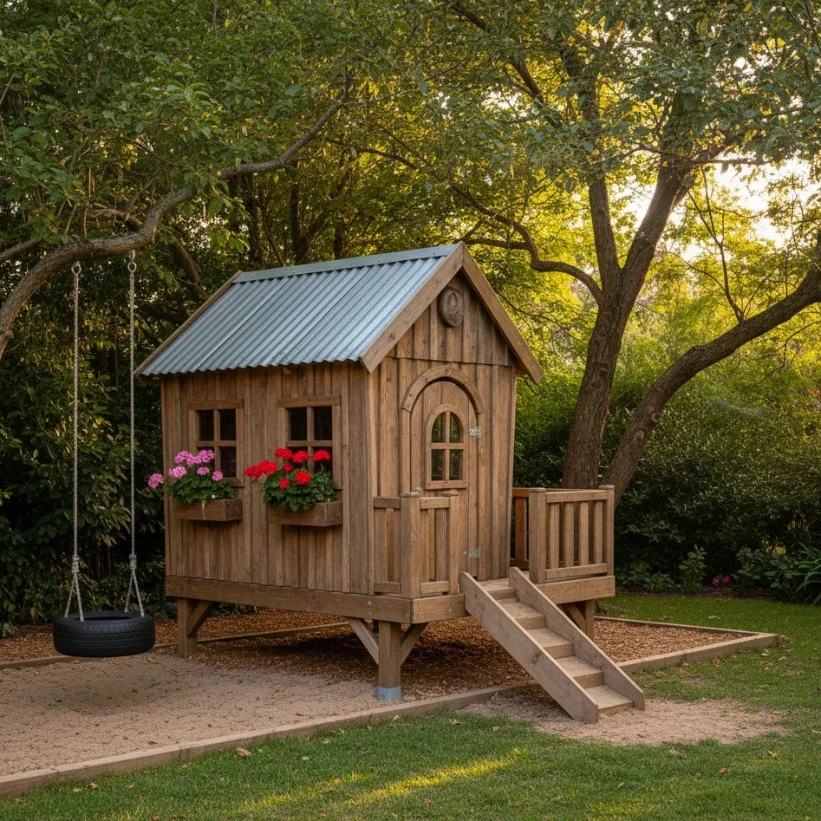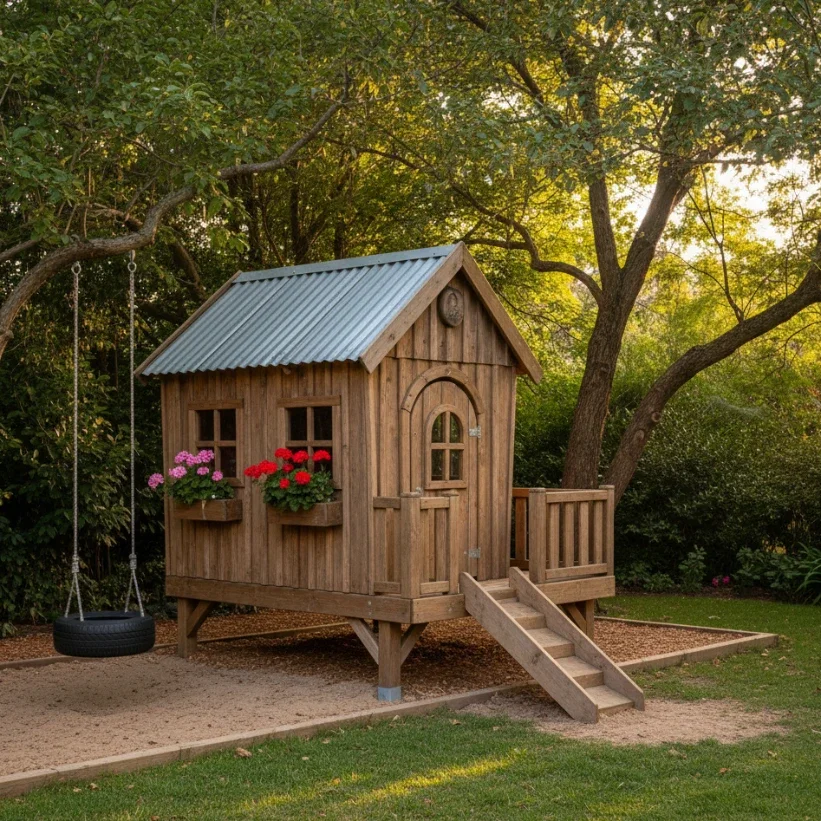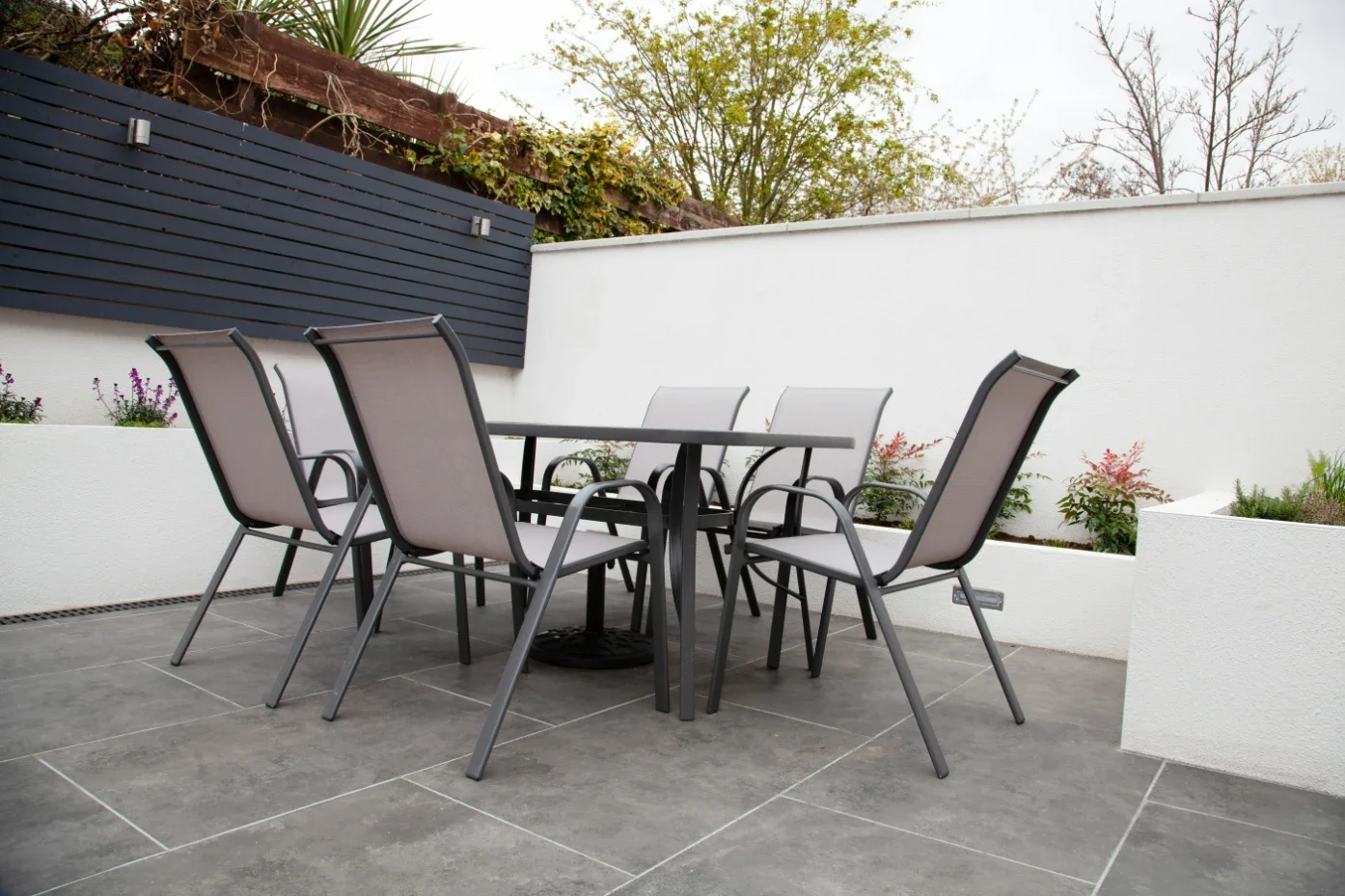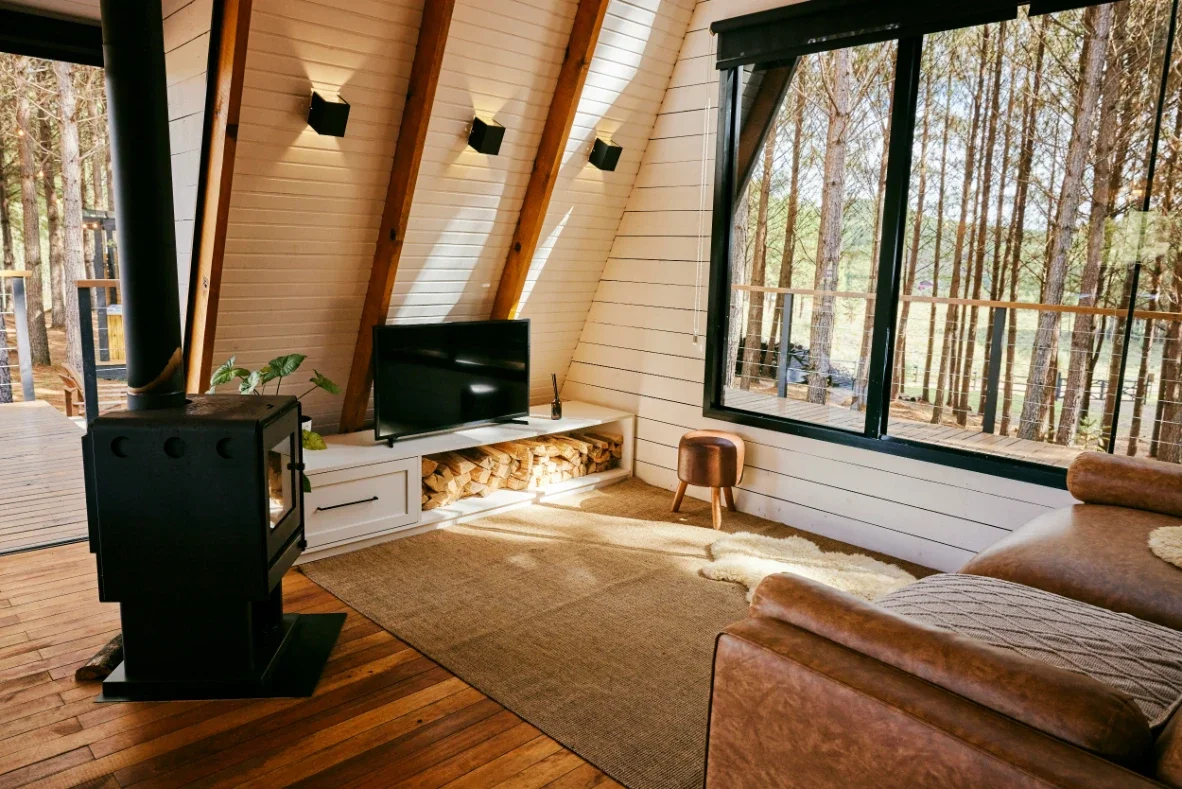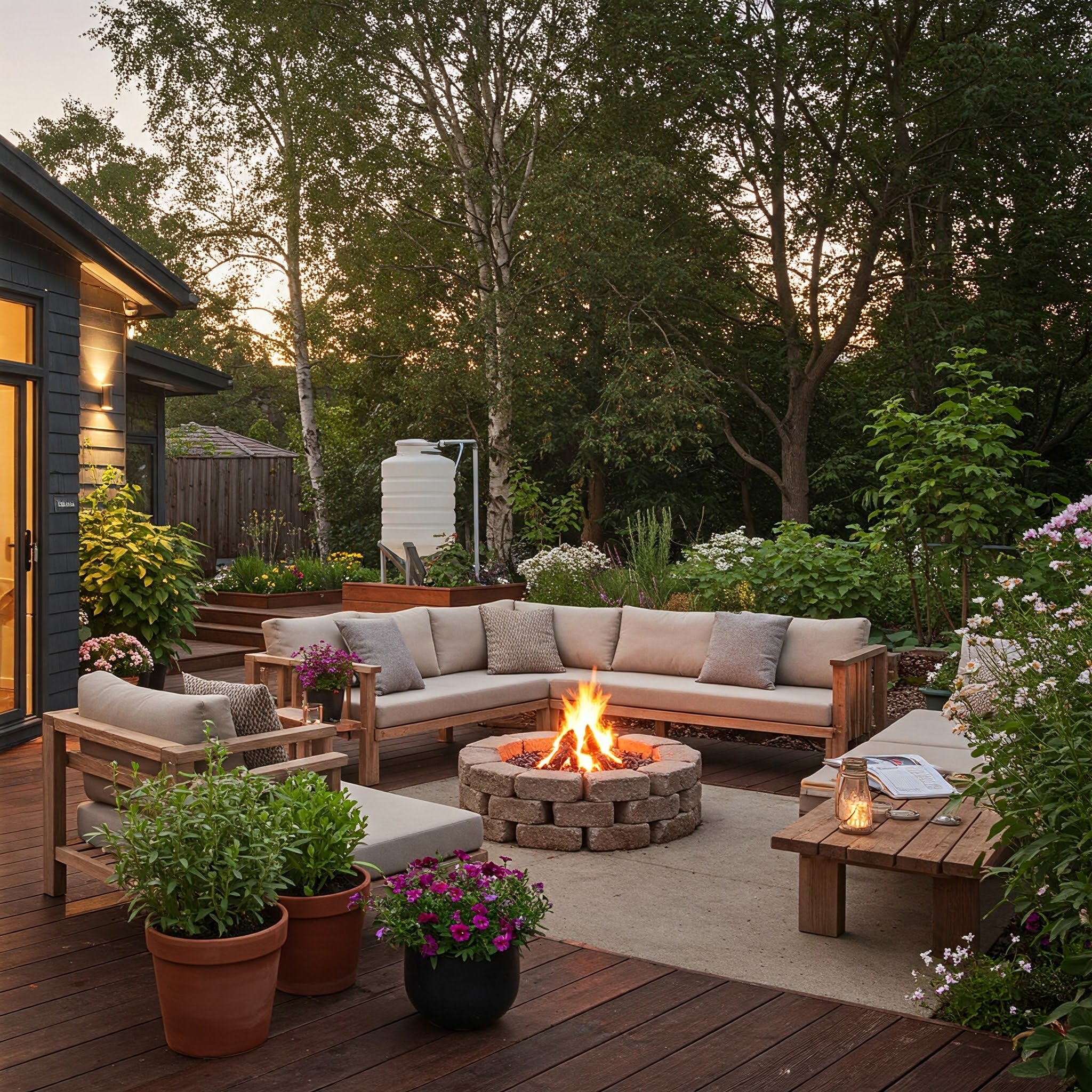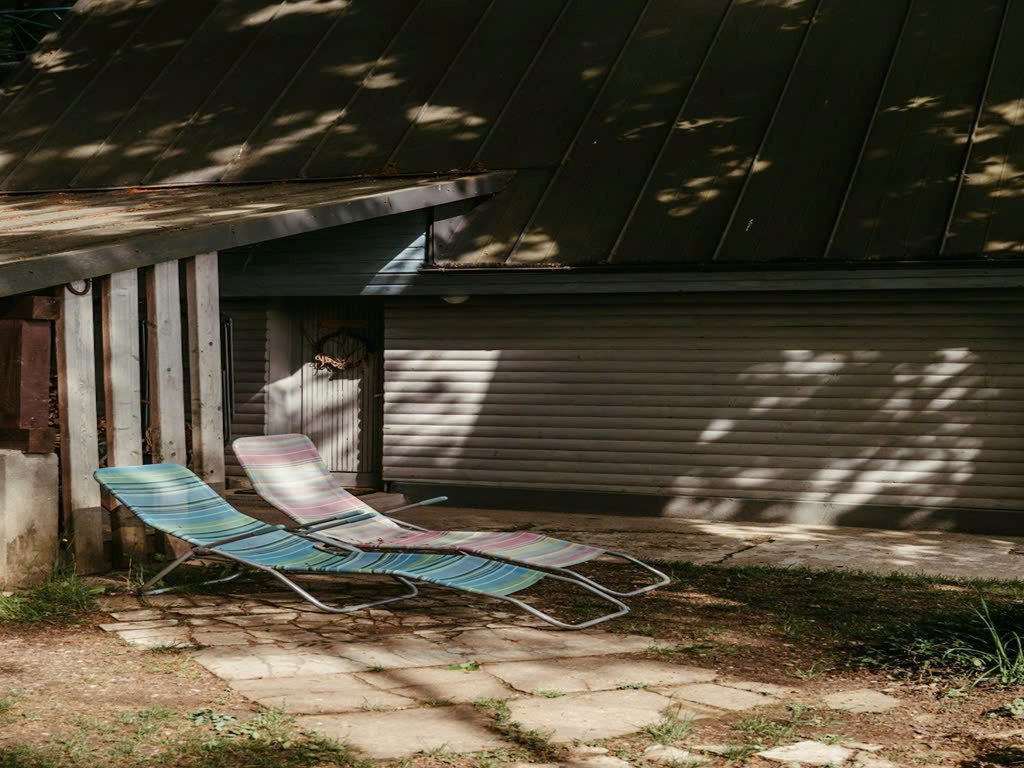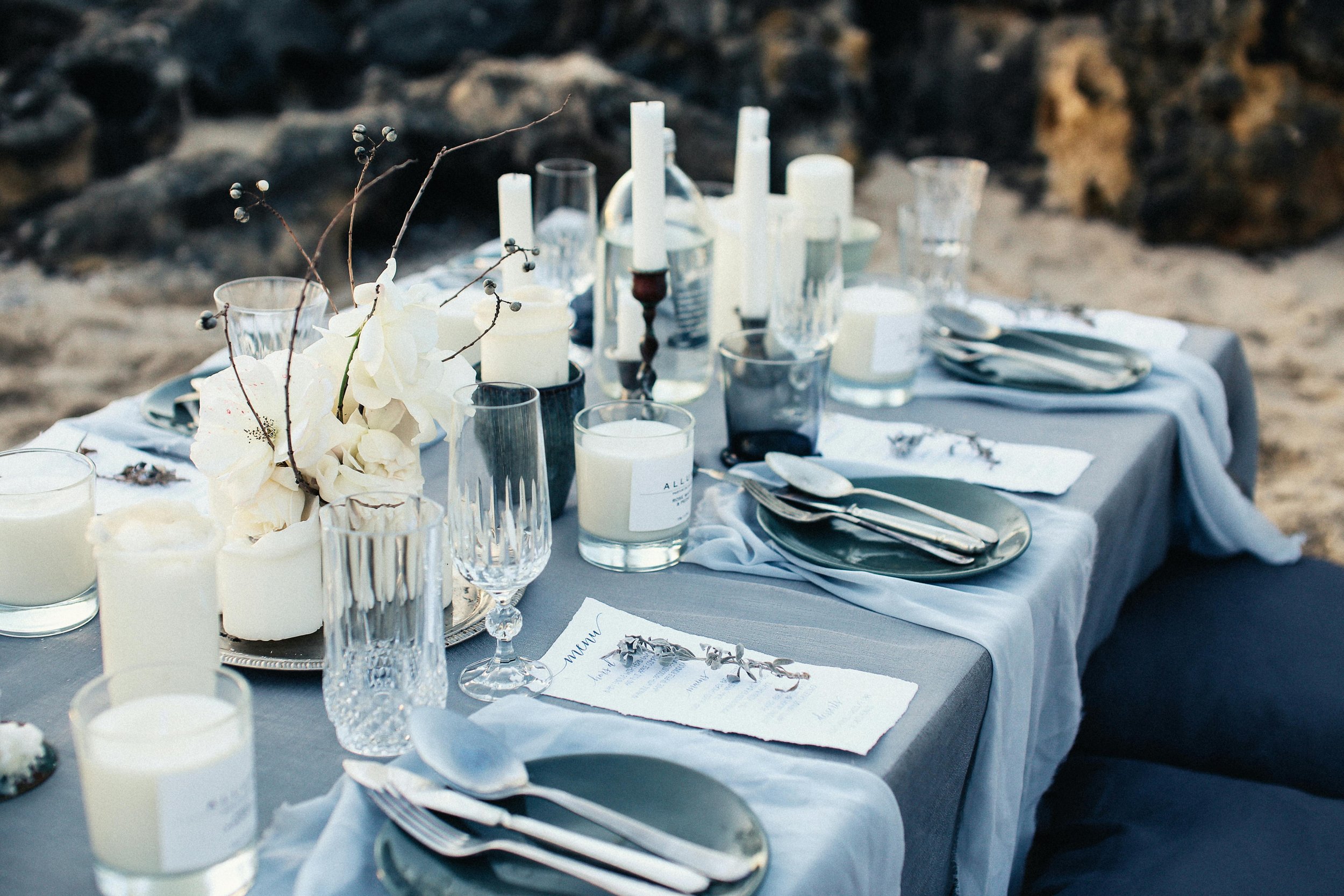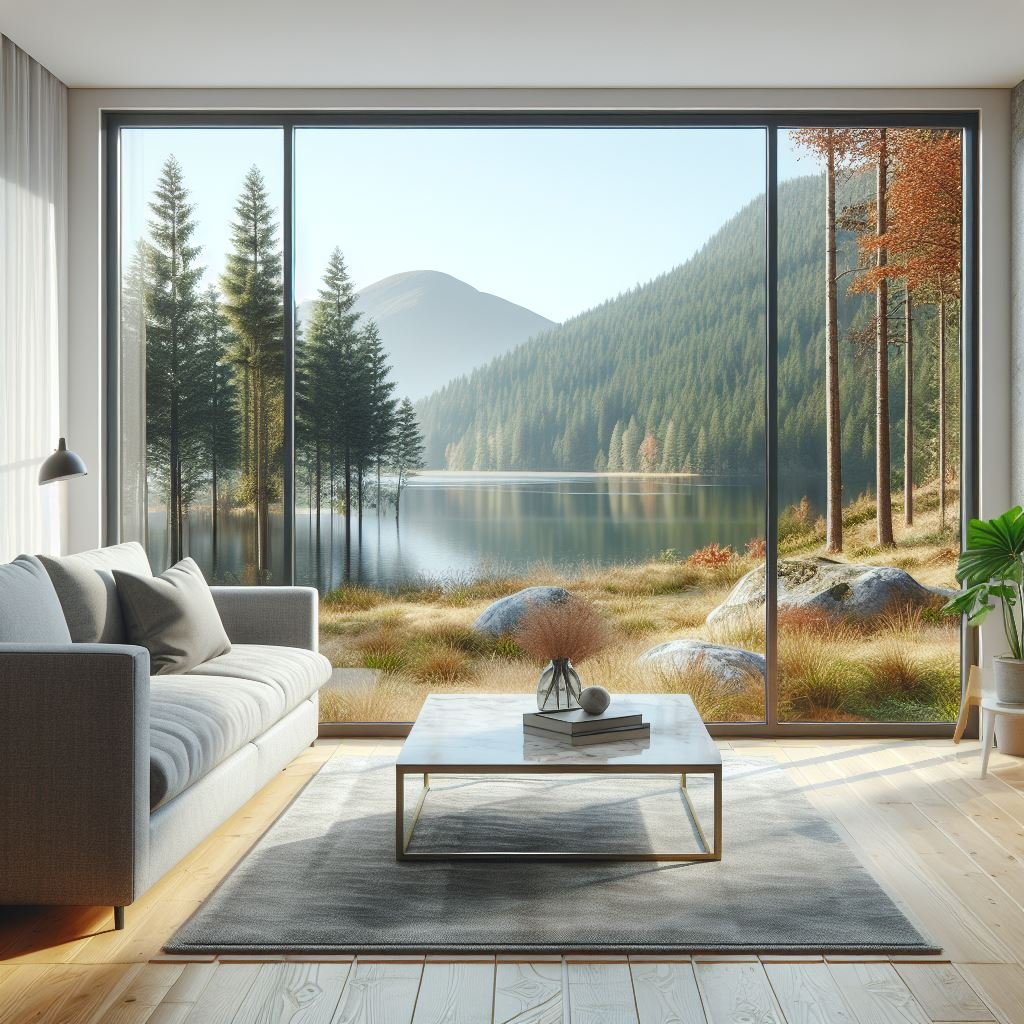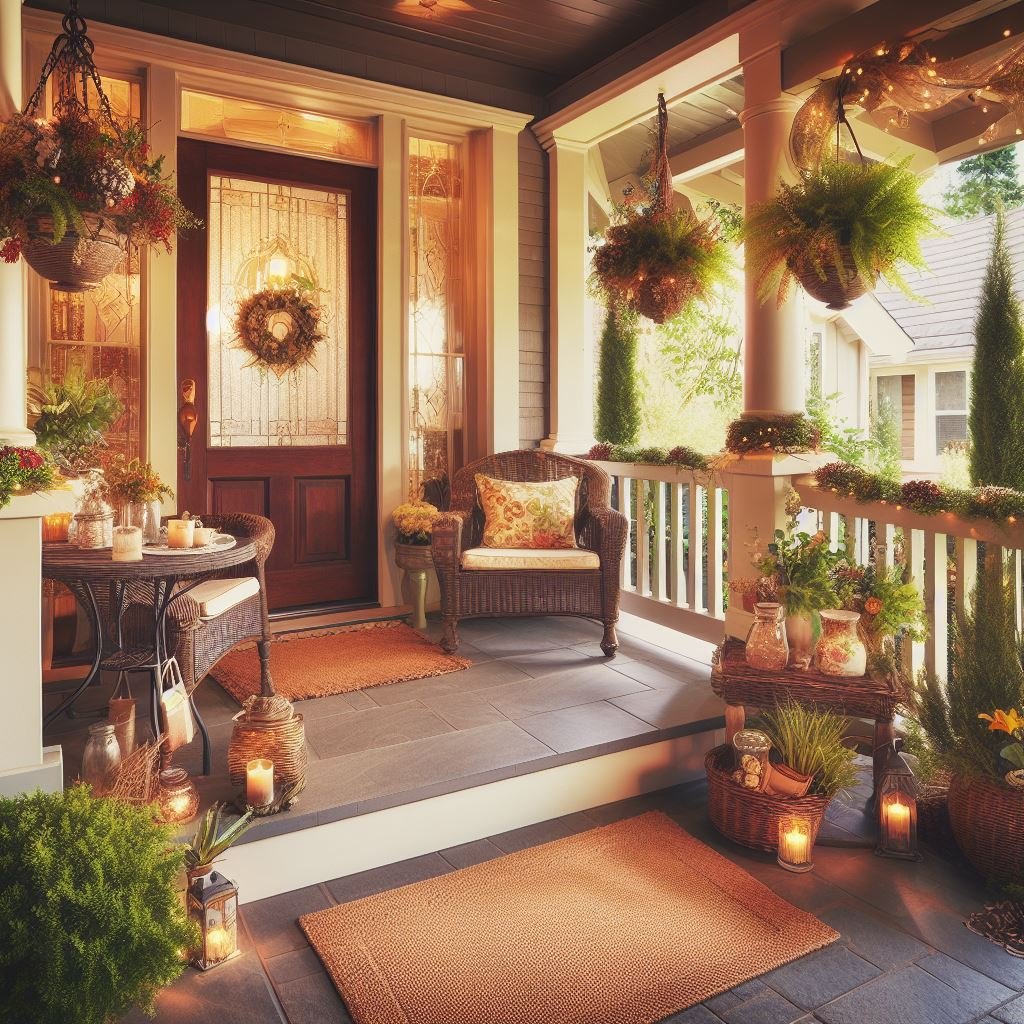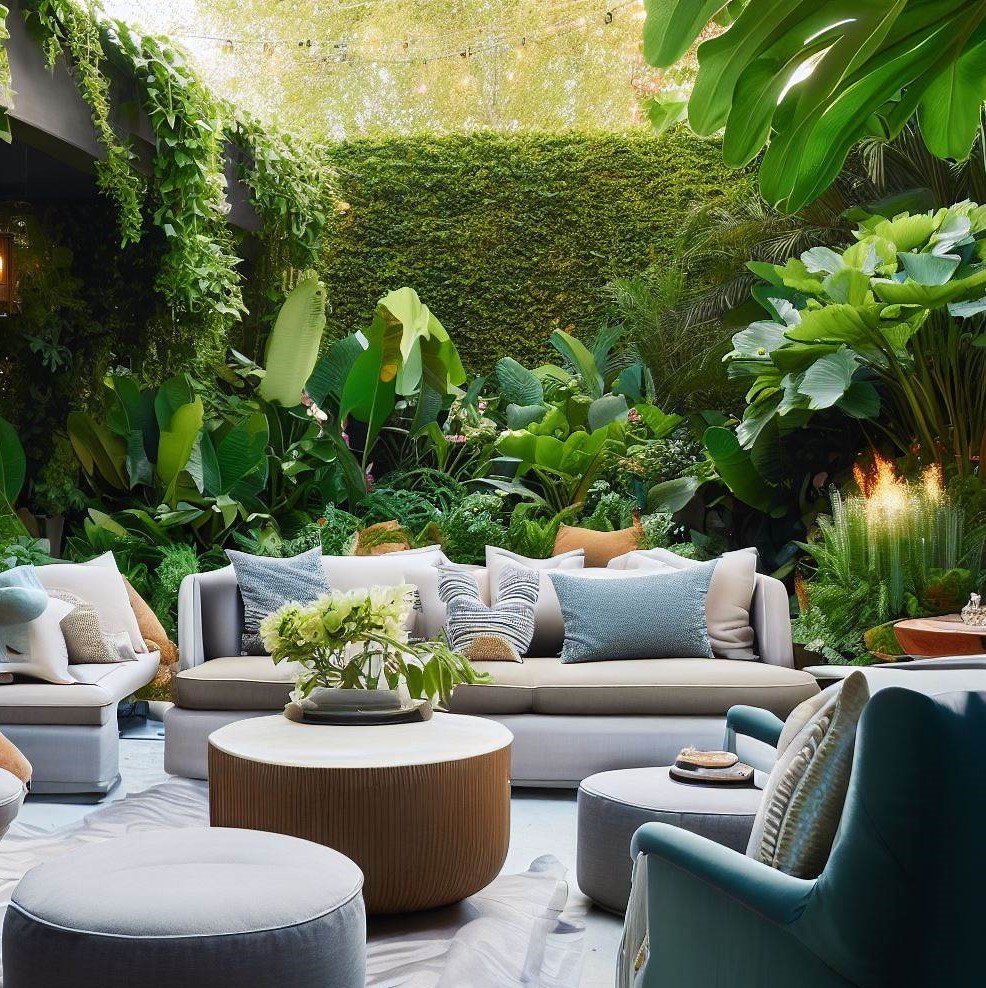6 Exciting Reasons Why Kids Love Cubby Houses
Explore six fun reasons kids adore cubby houses, from imaginative play to independence, creativity, and endless outdoor adventures.
Cubby houses are more than just miniature homes; they’re magical spaces that spark imagination, creativity, and joy. Whether tucked away in a backyard or built indoors, they give children a world that’s entirely their own. Here are six exciting reasons why a cubby house captures the hearts and minds of kids everywhere.
1. A Place for Imaginative Adventures
Cubby houses transform into anything a child dreams up, a fairy castle, a pirate ship, a jungle hut, or a superhero base. This kind of open-ended play helps kids express their creativity, build stories, and explore ideas freely. Pretend play is also known to boost social skills, empathy, and problem-solving as children create and act out different roles and scenarios.
2. A Special Space to Call Their Own
Having a cubby house gives children a sense of ownership and independence. It’s their space to decorate, organize, and control. Kids love deciding where to place their mini furniture, what to draw on the walls, or even setting house “rules.” This feeling of responsibility helps build confidence and self-reliance, while also providing a comforting place to relax or recharge.
3. Encourages Physical Play and Movement
Many cubby houses include fun features like ladders, slides, climbing walls, or bridges that inspire kids to move. Without even realizing it, they’re developing balance, coordination, and motor skills. Climbing up steps, crawling through tunnels, and jumping out the door all make playtime active and healthy. Best of all, it’s play that never feels like exercise.
4. Boosts Social and Cooperative Skills
A cubby house quickly becomes the ultimate hangout spot for friends and siblings. Inside, kids learn to share, take turns, and cooperate as they build stories and games together. Hosting “tea parties,” setting up a pretend shop, or forming secret clubs teaches them communication, negotiation, and teamwork, valuable life skills that come naturally through play.
5. Brings Kids Closer to Nature
Outdoor cubby houses connect children to the natural world. Surrounded by grass, trees, and sunlight, kids get to experience the outdoors in a safe and engaging way. They can watch birds, collect leaves, or plant flowers around their cubby. These small connections with nature foster curiosity and appreciation for the environment while giving them a healthy break from screens.
6. A Screen-Free Zone for Creativity
In today’s digital world, cubby houses offer a refreshing, unplugged escape. There are no screens, apps, or batteries, just imagination. Kids learn to create their own fun, which encourages focus and creativity. The simplicity of a cubby house often holds their attention longer than electronic toys because every visit can be a new adventure, shaped entirely by them.
Conclusion: Making the Most of a Cubby House
To make play even more engaging, let kids take the lead in decorating their cubby. Provide small furniture, cushions, or a chalkboard for drawing. Rotate play themes, one week it’s a café, the next it’s a space station, to keep things exciting. Regularly check for safety by inspecting hinges, bolts, and climbing areas. Most importantly, let children’s creativity guide how they use their cubby; that’s where the magic truly happens.
A cubby house is more than a toy; it’s a childhood memory in the making. It nurtures imagination, independence, and connection, giving kids a space to dream big and play freely every single day.
